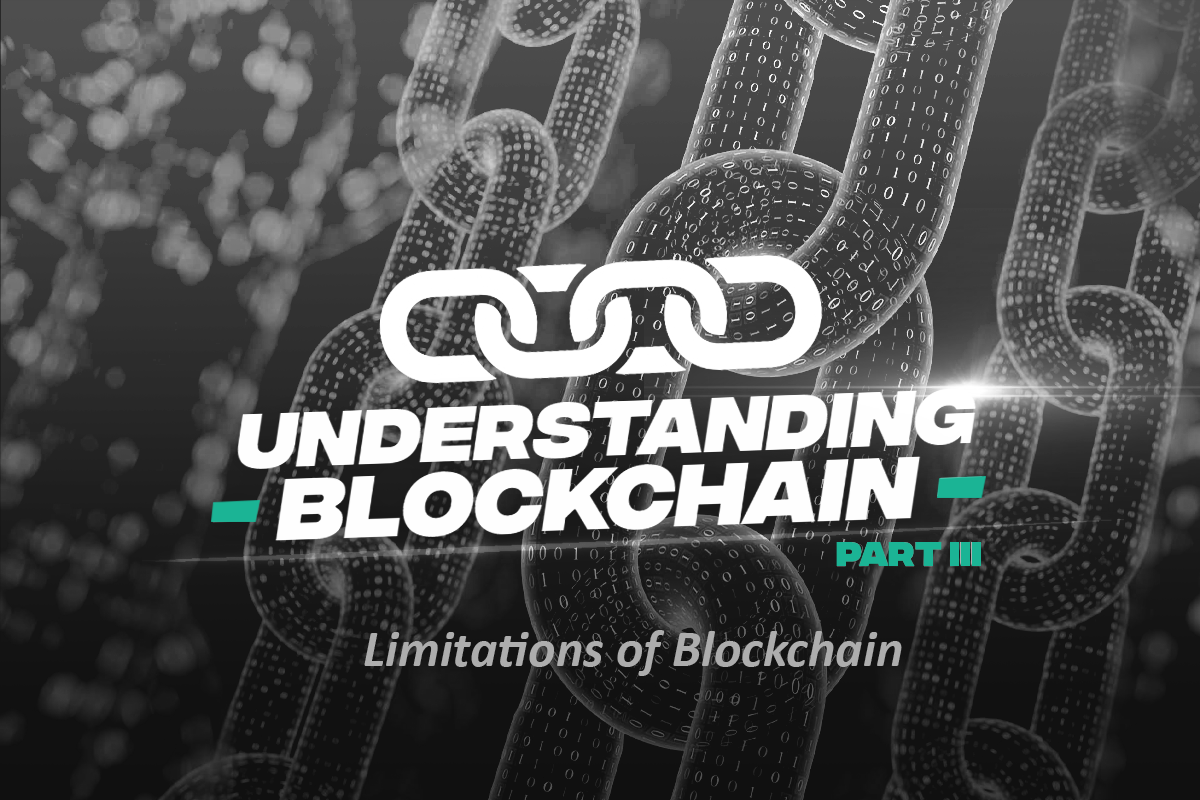Despite the enthusiasm for this new technique, there are some serious limitations to the blockchain. The blockchain hands over the responsibility for integrity to the community, and as long the absolute majority are trustworthy nodes, the concept works out. there was an in- stance controlling 51 % of the nodes in the blockchain, this instance would able to manipulate the negotiation of blocks to its advantage. Another issue is that the proof of work requires expensive hardware, and owners of basic hardware have no realistic chance to win the race for the proof of work. Accordingly, a small group of people with specialized hardware could share the responsibility for maintaining integrity as an oligopoly. Additionally, as the classic blockchain requires the proof of work to be very computationally expensive to avoid attacks and manipulations in untrustworthy environments, it takes a long time to post a transaction into the blockchain.
These issues are directly related to the core characteristics of the blockchain, publicity, transactions taking a long time for being posted and transparency. In blockchains such as Bitcoin a transaction takes up to a few days for being processed. In a commercial context, these characteristics and the ensuing issues conflict with both the need for privacy between contract partners and the fast-paced modern business environment. To solve those conflicts it could be useful to grant read access, or the right to join the blockchain only to a limited group of clients. In this case, blockchains can be differentiated into the following categories, which differ in respect to which users or nodes have the right to read the blockchain data structure, create new transactions and post blocks into the blockchain:
- Public-Permissionless Blockchains grant read access, the right to create new transactions and the right to post blocks into the blockchain to all users or nodes.
- Private-Permissionless Blockchains limits the read access and the right to create new transactions to a preselected group of users or nodes. However, each node in the system is allowed to post new blocks.
- Public-Permissioned Blockchains grant read access and the right to create new transactions to all users or nodes. However, only a selected group of nodes is allowed to post blocks and is responsible for integrity.
- Private-Permissioned Blockchains limits the read access, the right to create new transactions and the right to post blocks to a preselected group of users or nodes.
In a blockchains has always to be faced the tradeoff between security through an expensive proof-of-work, against feasible transaction times. These limitations violate the idea of distributed systems, but may be necessary for application of the blockchain technique in a business environment. If the rules governing the rights of the nodes are not managed in a distributed system, a central instance may be necessary where the specific rights for each node can be looked up.
